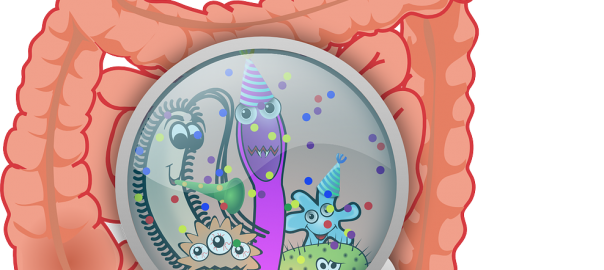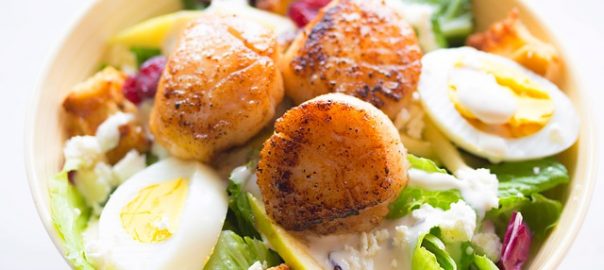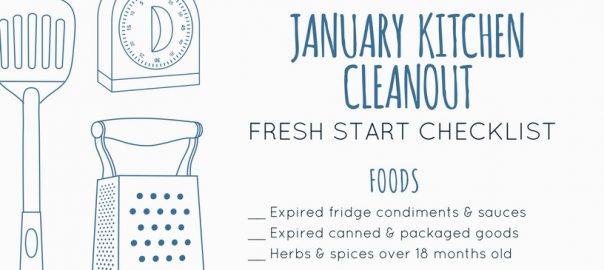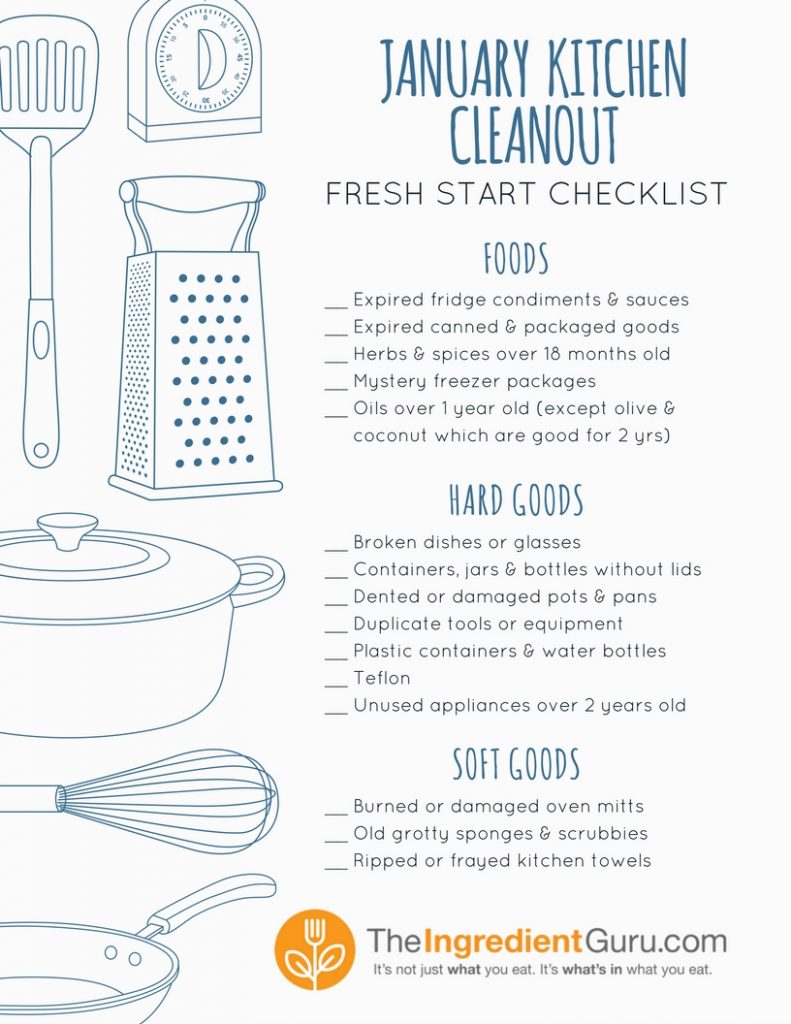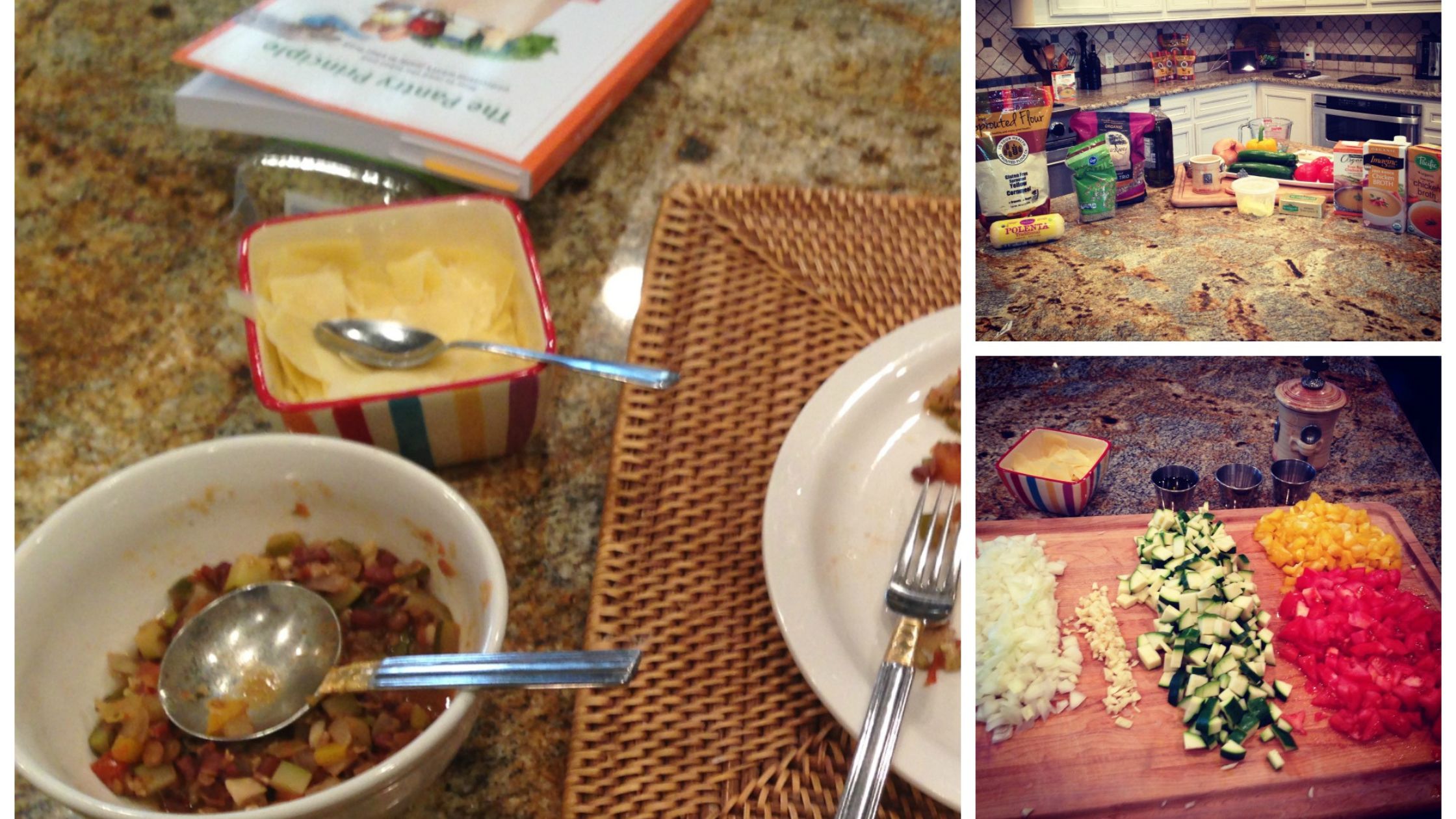What is inflammation?
Inflammation is a part of the body’s natural healing process. After a trauma of some kind, a cut, an injury, an infection (bacterial, parasitic, or viral), the body responds by sending nutrients and immune cells to clear damaged tissue or fight infection. It’s meant to be a short term response.
The challenge is that when inflammation goes on for an extended period of time it then becomes chronic. If it continues the immune cells fighting the inflammation can be stimulated to then also attack healthy tissue. Inflammation that continues for a long period of time is highly associated with a number of health issues. These are broad-ranging and include arthritis, cancer, depression, diabetes, fatigue, and heart disease.
Symptoms of chronic inflammation
Symptoms can be varied. Sometimes they also look like symptoms for other health issues. If you think you are possibly experiencing chronic inflammation it’s important to talk with a healthcare professional to get a proper diagnosis.
Symptoms include:
- Aches and pains – these can appear anywhere in the body from joints to muscles to other soft tissue areas
- Acne and other skin outbreaks
- Anxiety and depression – inflammation can often interfere with neurotransmitter (brain chemical) health which in turn may cause mood disorders
- Chronic infections – this can be in different areas of the body but seem to reoccur regularly
- Cognitive decline – studies show that increased inflammation can impact brain health and reasoning skills
- Congestion
- Difficulty breathing or shortness of breath
- Dry eyes
- Fatigue
- Gastrointestinal health challenges – this is wide-ranging from abdominal pain, bloating, constipation, and diarrhea, to acid reflux and chronic nausea
- Obesity – weight gain can be due to what is sometimes referred to as “false fat” where the body holds onto water as part of the inflammatory process
How to reduce your risk
One way to lower your potential for chronic inflammation is to make changes to your diet and your lifestyle. These changes may not have an immediate effect but you need to remember that inflammation doesn’t occur overnight. Steady and regular focus on healthy choices and changes can have a positive impact and help to reduce chronic inflammation.
Foods That Reduce Inflammation
- Choose healthy fats There are far too many saturated fats in our modern diet. The manufactured ones (margarine, trans-fats and vegetable oils) tend to increase inflammation. We need more omega-3 fatty acids and monounsaturated fats in our diet. These help to decrease inflammation. Good choices in this category include olive oil, nuts, and cold-water fatty fish such as salmon, sardines, and tuna.
- Eat more veggies These provide high levels of antioxidants as well as a broad range of micronutrients. Choose a varied and colorful selection of veggies.
- Forget frying How you prepare your food matters. Frying can create compounds that increase inflammation and negatively impact gut health. Rather than deep-frying, consider sautéing lightly, steaming, or grilling foods.
- Get more garlic This highly anti-inflammatory vegetable is widely known for its wonderful flavor. Garlic is also anti-viral, antibacterial, and anti-fungal making it a delicious, and beneficial, addition to your cooking repertoire.
- Reduce refined carbohydrates Food-like items such as breads, cakes, pasta, and other refined products have been highly processed. The processing removes nutrients and makes them quick for the body to break down into sugars. These energy-dense/low nutrient products contribute to weight gain, diabetes, and chronic inflammation.
- Reduce or avoid inflammatory foods There are a number of foods that contribute to inflammation. These should be reduced or completely avoided in the diet. They include: coffee, black tea, soft drinks, alcohol (sometimes found in over-the-counter medications or herbal tinctures) nitrates/nitrites, sugar (especially white sugar), vegetable cooking oils, trans-fats (anything marked hydrogenated or partially hydrogenated), artificial sweeteners, and monosodium glutamate
Lifestyle Changes to Reduce Inflammation
- Avoid Toxins While you may be reading labels on your food products are you also checking personal care and cleaning product labels? These things can have a high toxin load which is best to avoid. Reading the label and checking the Environmental Working Group’s Skin Deep Database for personal care products or their Guide to Healthy Cleaning will help you avoid many toxins.
- Brush and floss Brushing and flossing your teeth is an important part of everyday oral health. It’s also effective at maintaining overall body health. This is because oral bacteria can travel through the bloodstream to other parts of the body. Studies show this bacteria to be linked to a number of inflammatory health conditions including gut disease. Recommendations are to brush at least 2 minutes twice a day and floss at least once a day.
- Move your body Exercise is an important part of overall health. There may be a temporary inflammatory response to intense exercise, however, the long-term impact is improved blood flow, oxygenation, reduced inflammation, and improved mobility and quality of life. There is no one perfect exercise, simply the one that works for you.
- Stay hydrated Hydration is an essential part of wellness. Dehydration has been shown to reduce metabolic function, increase the risk for a variety of diseases, and potentially to shorten life. Don’t stay thirsty, hydrate.
- Stress less There is no such thing as a stress-free life. Ongoing, chronic stress has been linked to inflammation. It can be physical, emotional, mental, any form of stress that can have a cumulative impact. There’s also no one-size-fits-all solution to lower our response to stressful situations. The best solution is to find a mindfulness practice that works for you and focus on taking some time to stress less.
- Vitamin Zzzzz Most adults need somewhere between 7.5-9.0 hours of sleep each night in order to be rested and to support good physical and mental health. Practicing good sleep habits will have a beneficial impact on overall health and wellness.
You can lower your risk for the impacts of chronic inflammation by paying attention to what you eat, think, drink, and do. Remember to make positive lifestyle choices and be proactive about your wellbeing. Choose to support your healthy aging by getting chronic inflammation under control.
[expand title=”Sources”]
Allen, M.D., et al. Suboptimal hydration remodels metabolism, promotes degenerative diseases, and shortens life. JCI Insight. 2019 Sep 5; 4(17): e130949.
Atarashi, K, et al. Ectopic colonization of oral bacteria in the intestine drives TH1 cell induction and inflammation. Science 20 Oct 2017: Vol. 358, Issue 6361, pp. 359-365
Bendsen, N.T., et al. Effect of industrially produced trans fat on markers of systemic inflammation: evidence from a randomized trial in women. October 2011 The Journal of Lipid Research, 52, 1821-1828.
Hall, A, et al. Garlic Organosulfur Compounds Reduce Inflammation and Oxidative Stress during Dengue Virus Infection. Viruses 2017, 9, 159.
López-Alarcón, M, et al. Excessive Refined Carbohydrates and Scarce Micronutrients Intakes Increase Inflammatory Mediators and Insulin Resistance in Prepubertal and Pubertal Obese Children Independently of Obesity. Mediators of Inflammation. 2014.
Mikkelsen, K, et al. Exercise and mental health. Maturitas. Vol 106, Dec 2017. pg 48-56.
Ozawa, M, et al. Dietary pattern, inflammation and cognitive decline: The Whitehall II prospective cohort study. Clinical Nutrition Volume 36, Issue 2, April 2017, Pages 506-512
Rohleder, N. Stress and inflammation – The need to address the gap in the transition between acute and chronic stress effects. Psychoneuroendocrinology. Vol 5, Jul 2019. Pg 164-171.
Zhang, J., et al. Thermally Processed Oil Exaggerates Colonic Inflammation and Colitis-Associated Colon Tumorigenesis in Mice. Cancer Prev Res November 1 2019 (12) (11) 741-750.
[/expand]



